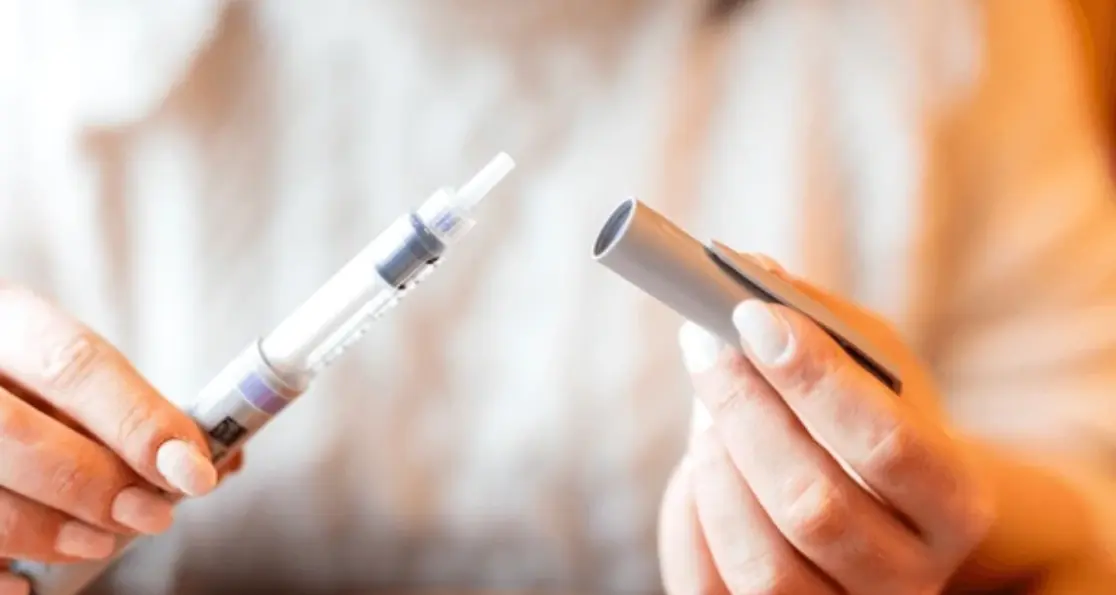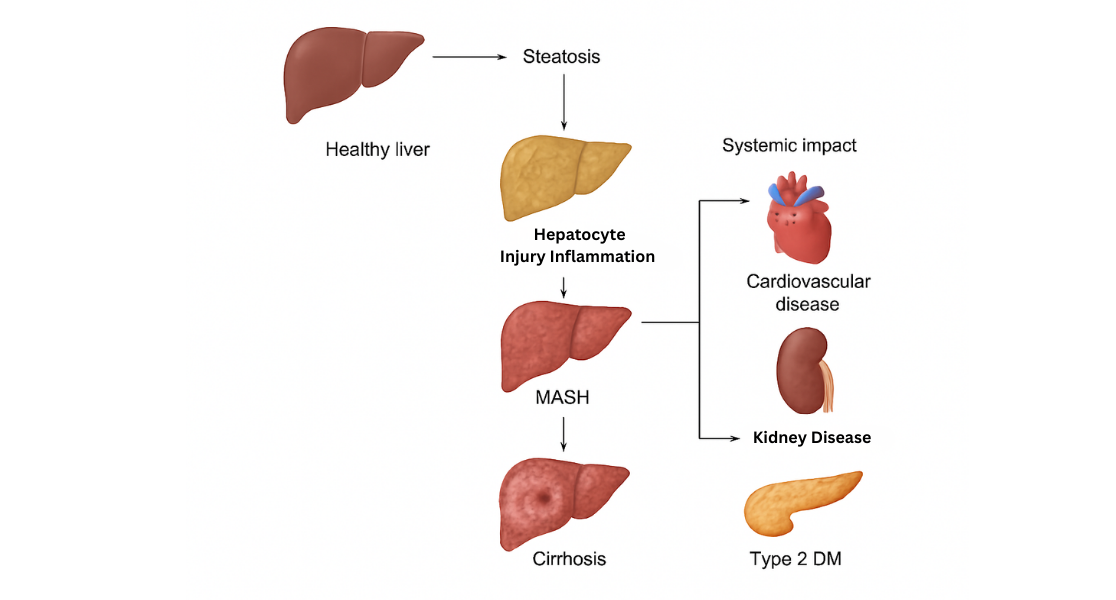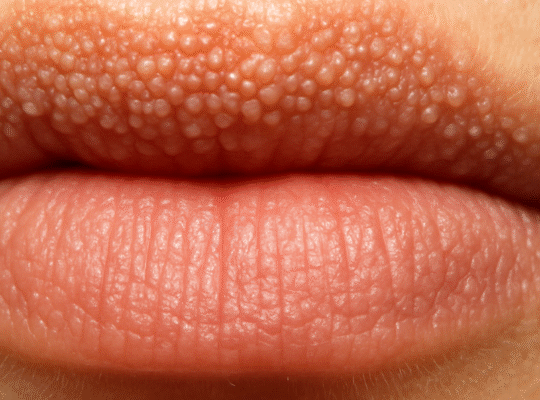Introduction
Imagine having to inject yourself multiple times a day with a syringe—painful, messy, and inconvenient, right? Now, picture a sleek insulin pen that looks like a pen, fits in your pocket, and delivers insulin with just the click of a button. That’s the power of modern needle pens and syringe pens equipped with fine pen needles for insulin. For millions living with diabetes, these devices have transformed injections from a source of stress into a simple, discreet routine.
What Exactly Are Insulin Pens?
An insulin pen is a pocket-sized medical device designed to deliver insulin more conveniently than traditional vials and syringes. You simply insert an insulin cartridge into a reusable pen or use a disposable pen, attach a pen needle, dial your dose, and inject. Compared to a bulky syringe, an insulin pen offers:
- Discretion: Looks like a regular writing pen—perfect for public use.
- Precision: Digital or mechanical dial mechanisms ensure accurate dosing.
- Comfort: Fine pen needles for insulin are ultra-sharp, reducing pain.
How Insulin Pens Revolutionized Diabetes Care
Before insulin pens, people relied solely on vials and syringes, leading to frequent dosing errors and needle anxiety. Since their introduction in the 1980s, disposable pens, reusable pens, and more recently smart pens have made injections virtually painless and far more reliable—think of switching from an old typewriter to a modern laptop.
Key Components of an Insulin Pen
Every insulin pen—or syringe pen variant—shares these core parts:
- Insulin Cartridge: Holds the medication.
- Pen Needles: Ultra-fine, single-use tips available in lengths from 4 mm to 8 mm.
- Dial Mechanism: Precisely sets the dose.
- Protective Cap: Keeps pen needles clean.
- Plunger Button: Delivers insulin with a click.
Step-by-Step Guide: Using an Insulin Pen
- Load the insulin cartridge (for reusable pens).
- Attach a new pen needle for insulin.
- Prime the pen: release a small drop to clear air.
- Dial your prescribed dose.
- Insert the needle at 90° (or 45° if very lean).
- Press the plunger button to inject.
- Hold for 10 seconds, then safely remove and discard the needle in a sharps container.
Types of Insulin Pens
- Disposable Pens: Pre-filled, thrown away when empty.
- Reusable Pens: Change only the insulin cartridge.
- Smart Pens: Track doses, sync with apps, and send reminders.
Why Pen Needles Matter
Fine pen needles for insulin differ from standard syringe needles:
- Ultra-fine gauges minimize pain.
- Short lengths (4–6 mm) avoid muscle injection, ideal for most patients.
- Compatibility: Use only with designated needle pens or syringe pens.
- Single-use design prevents infection; reusing dulls the tip and raises risk.
Advantages of Insulin Pens Over Syringes
Insulin pens—whether needle pen or syringe pen design—offer:
- Convenience: Portable, no vial-and-syringe setup.
- Accuracy: Clear, easy-to-read dose dials.
- Comfort: Fine pen needles reduce injection pain.
- Confidence: Perfect for beginners and those with needle anxiety.
Choosing Between Reusable and Disposable Pens
- Reusable Pens: More eco-friendly and cost-effective long-term.
- Disposable Pens: No refilling, but higher ongoing cost.
Your choice hinges on budget, lifestyle, and environmental concerns.
Common Mistakes and How to Avoid Them
- Reusing pen needles: Always replace after each injection.
- Temperature neglect: Store insulin cartridges in the fridge; keep the pen at room temperature while in use.
- Expired cartridges: Check dates before loading.
- Skipping priming: Always prime to remove air.
Maintaining Your Insulin Pen
- Wipe the exterior with a soft cloth—avoid alcohol near the cartridge.
- Store extra insulin cartridges in the refrigerator.
- Keep your active pen at room temperature to prevent discomfort.
Safety Concerns and Side Effects
- Redness or bruising: Normal if rotating injection sites.
- Infection: Risk if pen needles are reused.
- Insulin degradation: Avoid exposing cartridges to extreme heat.
Tailoring Pens for All Ages
- Children: Use shorter, thinner pen needles for comfort.
- Adults: Flexible options—disposable pens, reusable pens, or smart pens.
- Seniors: Larger dose dials and digital displays on smart pens ease vision and dexterity challenges.
Traveling With Insulin Pens
- Use insulated pouches to keep insulin cool.
- Carry extra pen needles for insulin.
- At airports, declare your insulin pen or syringe pen during security screening.
Proper Disposal of Used Pen Needles
Never toss pen needles in the trash. Always use a certified sharps container and adhere to local regulations to prevent injury and contamination.
The Future of Insulin Delivery
- Smart Pens: Automated dose tracking and reminders.
- Connected Devices: Seamless sync with continuous glucose monitors.
- AI-Driven Systems: Personalized insulin recommendations based on real-time glucose trends.
Conclusion
Insulin pens—equipped with fine pen needles for insulin, whether needle pens or syringe pens—represent a major leap forward in diabetes management. By offering precision, comfort, and convenience, they empower users to focus on living life, not injections.
FAQs
- What are the benefits of pen needles compared to syringes?
They are thinner, less painful, and deliver more accurate doses. - Can insulin cartridges be refilled?
No, once a cartridge is empty or expired, replace it. - Is a syringe pen cheaper than a needle pen?
Basic syringe pens may cost less, but fine-gauge needle pens reduce errors and discomfort. - How long can I use one insulin pen?
Until the cartridge runs out or reaches its expiration date. - What’s the safest way to dispose of pen needles?
Always use a sharps container and follow local disposal guidelines.










